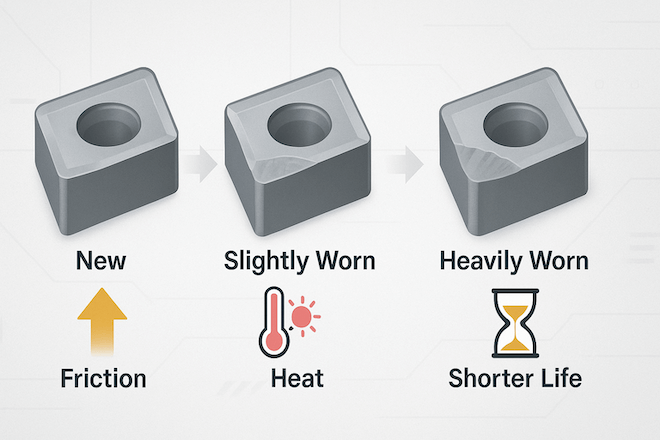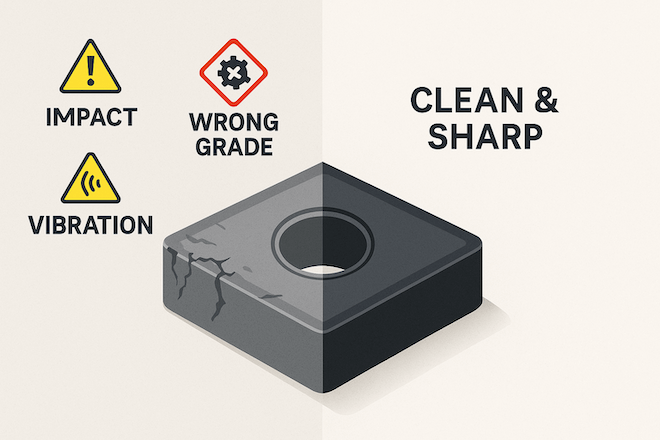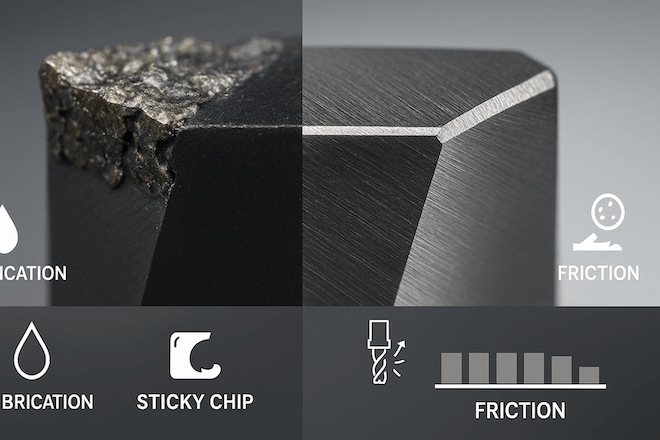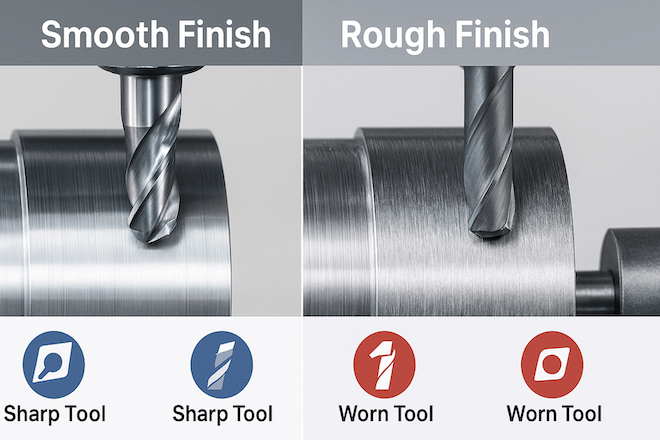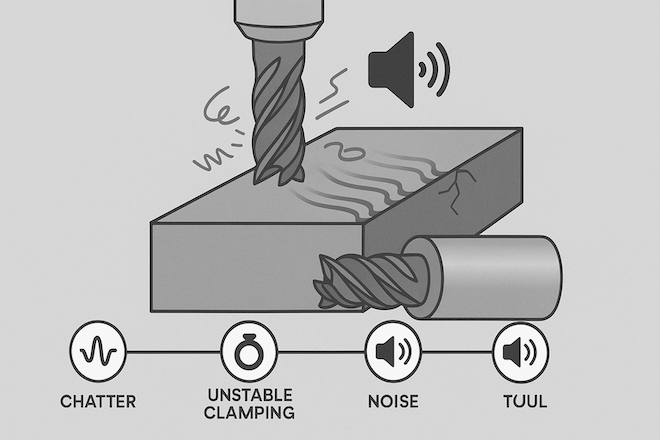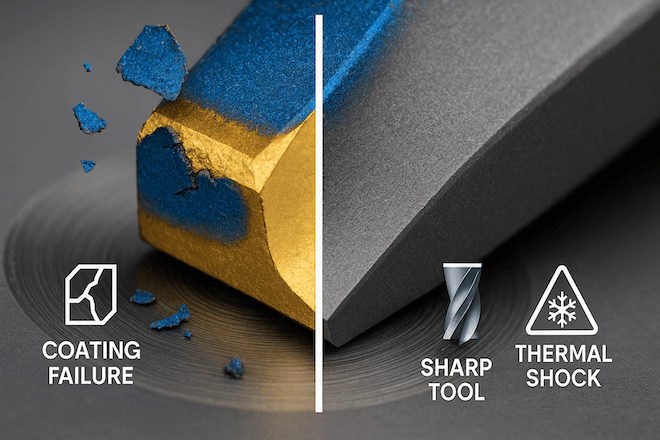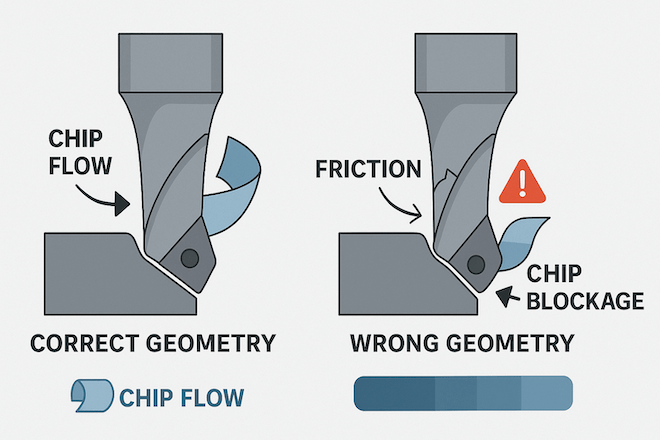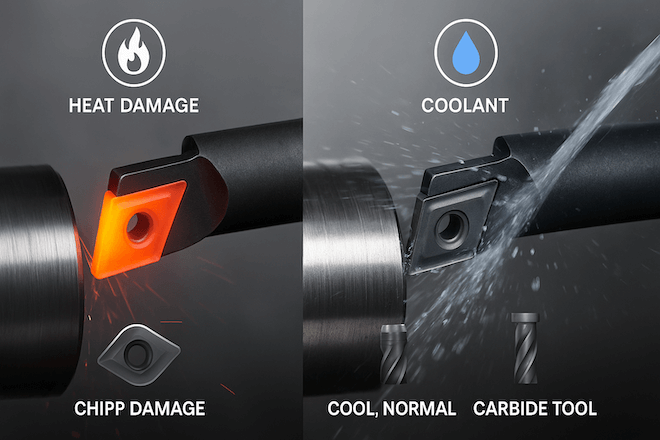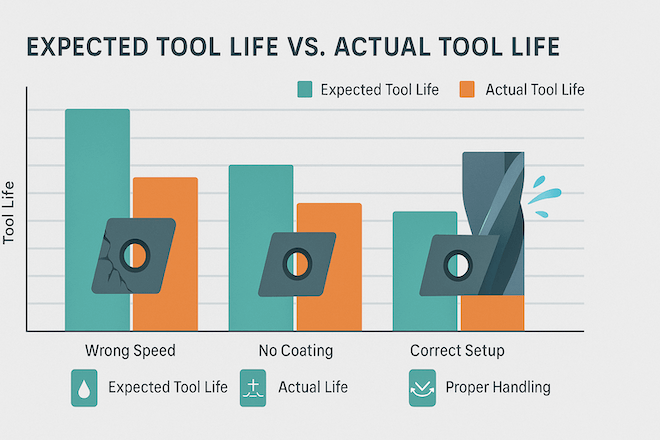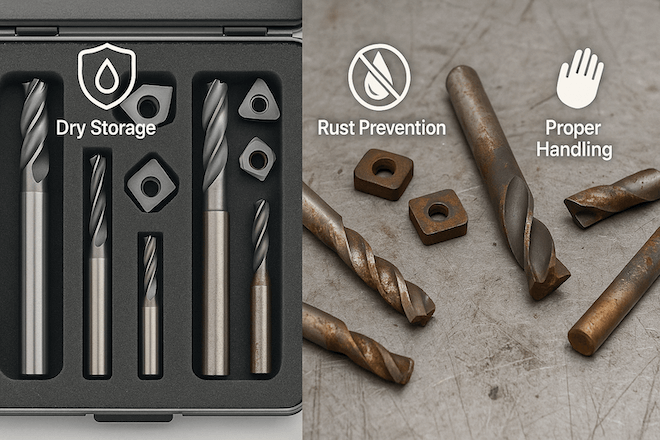Las herramientas de corte de carburo de tungsteno son conocidas por su resistencia, dureza y larga vida útil. Sin embargo, incluso estas herramientas de alto rendimiento pueden presentar problemas durante su uso. Comprender los problemas comunes y saber cómo solucionarlos puede ayudarle a prolongar la vida útil de las herramientas, reducir el desperdicio y mantener sus operaciones funcionando sin problemas.
En este blog, exploraremos los problemas más comunes con las herramientas de corte de carburo de tungsteno y ofreceremos soluciones sencillas y eficaces. Ya sea que corte metal, madera o materiales compuestos, esta guía le ayudará a evitar errores y a obtener el máximo rendimiento de sus herramientas.
1. El desgaste de las herramientas se produce demasiado rápido
🛠 Problema:
Aunque el carburo de tungsteno es duro, el filo puede desgastarse más rápido de lo esperado. Esto puede provocar:
Mal acabado superficial
Se necesita fuerza adicional durante el corte
Reemplazo frecuente de herramientas
✅ Solución:
Verifique la velocidad de corte y el avance. Ir demasiado rápido puede aumentar el calor y el desgaste.
Utilice herramientas de carburo recubiertas para una mejor resistencia al desgaste.
Aplique el refrigerante adecuado para reducir el calor y prolongar la vida útil de la herramienta.
Puede obtener más información aquí:
👉 Por qué las herramientas de corte de carburo de tungsteno tienen una resistencia al desgaste superior
2. Astillado o rotura de bordes
🛠 Problema:
El filo de su herramienta de carburo puede astillarse o romperse repentinamente, especialmente al mecanizar materiales duros o resistentes.
✅ Solución:
Utilice el grado de carburo correcto. Los grados más duros son frágiles, mientras que los más tenaces resisten el astillamiento.
Evite cortes interrumpidos o fuerzas de impacto.
Utilice herramientas de carburo con filo reforzado o geometría especial.
Asegúrese de que la herramienta esté firmemente sujeta en la máquina para reducir la vibración.
¿Necesita ayuda para elegir la herramienta adecuada?
👉 Herramientas de corte de carburo personalizadas
3. Borde acumulado en la punta de la herramienta
🛠 Problema:
El material puede adherirse al filo durante el mecanizado, formando un resalte. Esto reduce la precisión del corte y daña la herramienta.
✅ Solución:
Utilice herramientas de carburo recubiertas (como TiAlN o TiCN) para reducir la fricción.
Aumente ligeramente la velocidad de corte para evitar la acumulación.
Aplicar refrigerante o lubricación en la zona de corte.
¿Quieres saber más sobre recubrimientos?
👉 Guía de recubrimiento de carburo de tungsteno
4. Mal acabado de la superficie
🛠 Problema:
La pieza terminada puede presentar rayones, asperezas o formas irregulares.
✅ Solución:
Compruebe si su herramienta está desafilada o dañada.
Utilice la geometría de herramienta de corte adecuada para su material.
Reduzca la vibración de la herramienta mejorando la configuración y la sujeción.
Intente utilizar un carburo de mayor calidad o reafilar la herramienta.
Para obtener consejos de mantenimiento, visite:
👉 Consejos de mantenimiento para prolongar la vida útil de sus herramientas de corte de carburo de tungsteno
5. Vibración o traqueteo
🛠 Problema:
Las herramientas pueden vibrar o dejar marcas de vibración en la pieza. Esto reduce la precisión y puede dañar el filo.
✅ Solución:
Asegúrese de que la herramienta esté sujeta correctamente en un soporte rígido.
Utilice una extensión de herramienta más corta para reducir la desviación.
Disminuya la velocidad de corte o aumente ligeramente la velocidad de avance.
Utilice soportes amortiguados o herramientas equilibradas en aplicaciones de alta velocidad.
¿Buscas herramientas de corte más estables?
👉 Herramientas de corte de carburo de tungsteno
6. Pelado o descascarillado del revestimiento
🛠 Problema:
El revestimiento de su herramienta de carburo comienza a pelarse o desprenderse, dejando el material base expuesto.
✅ Solución:
Evite utilizar herramientas recubiertas en cortes de alto impacto si no están diseñadas para ello.
Elija el tipo de recubrimiento adecuado para su material y proceso.
Utilice refrigerante para evitar el choque térmico que debilita los recubrimientos.
¿Necesita servicios de recubrimiento o nuevas herramientas recubiertas?
👉 Contacto Retop para soluciones personalizadas.
7. Geometría incorrecta de la herramienta
🛠 Problema:
A veces, la geometría de la herramienta de corte no es la adecuada para el material o la máquina. Esto provoca:
Mala acción de corte
Reducción de la vida útil de la herramienta
Tamaño de pieza inconsistente
✅ Solución:
Utilice herramientas diseñadas para su aplicación específica (por ejemplo, aluminio, acero inoxidable, etc.).
Para trabajos difíciles, solicite herramientas de carburo personalizadas que se adapten a su proceso.
Obtenga asesoramiento experto de un proveedor confiable de herramientas de carburo como Retop.
Explorar más opciones:
👉 Soluciones de insertos y herramientas de carburo
8. Sobrecalentamiento
🛠 Problema:
Si su herramienta se calienta demasiado durante el corte, puede perder dureza o desarrollar grietas térmicas.
✅ Solución:
Aplique abundante refrigerante o lubricante durante el corte.
Reduzca la velocidad de corte si es necesario.
Asegúrese de que la configuración de su máquina esté estable y alineada.
Conozca los recubrimientos de herramientas que ayudan a resistir el calor:
👉 Guía de recubrimiento de carburo de tungsteno
9. La herramienta no dura como se esperaba
🛠 Problema:
Usted espera que su herramienta de corte de carburo dure más, pero se desgasta rápidamente.
✅ Solución:
Comprueba que estás utilizando el correcto grado de carburo.
Considere utilizar herramientas recubiertas para lograr una vida útil más prolongada.
Utilice velocidades, avances y configuraciones correctos.
Afila tu herramienta antes de que esté demasiado desgastada.
¿Necesita ayuda para remodelar las herramientas?
👉 Cómo afilar y reacondicionar herramientas de corte de carburo de tungsteno
10. Daños durante el almacenamiento de herramientas
🛠 Problema:
Las herramientas de carburo almacenadas de forma incorrecta pueden dañarse, astillarse u oxidarse incluso antes de utilizarlas.
✅ Solución:
Guarde las herramientas en cajas o estantes revestidos con espuma.
Mantenlos secos y limpios.
Etiquete las herramientas para evitar confusiones.
Evite el contacto entre herramientas.
Proteja su inversión con un mejor manejo y almacenamiento. Retop también ofrece soluciones de embalaje para envíos de larga distancia.
Tabla resumen: problemas y soluciones
| Problema | Solución |
|---|---|
| Desgaste rápido | Verifique la velocidad/avance, use refrigerante, aplique el recubrimiento |
| Astillado de bordes | Utilice un grado más resistente y una configuración estable |
| Borde construido | Utilice recubrimiento, aumente la velocidad, utilice lubricante. |
| Mal acabado superficial | Afilar la herramienta, comprobar la geometría, reducir la vibración |
| Vibración / Vibración | Mejorar la sujeción, utilizar soportes rígidos |
| Pelado del revestimiento | Elija el recubrimiento correcto, evite el choque térmico |
| Geometría de herramienta incorrecta | Adapte la herramienta al material y pruebe herramientas personalizadas |
| Calentamiento excesivo | Utilice refrigerante, reduzca la velocidad, verifique la configuración |
| Vida útil corta de la herramienta | Utilice el grado de carburo correcto y afile antes de que falle. |
| Daños durante el almacenamiento de herramientas | Utilice un almacenamiento seco y acolchado y manipúlelo con cuidado. |
Reflexiones finales
Toda herramienta de corte de carburo de tungsteno puede ofrecer un mejor rendimiento y una mayor duración si se aplican las soluciones adecuadas. Pequeños cambios en la configuración, la velocidad de corte, el uso de refrigerante o el almacenamiento pueden marcar una gran diferencia.
Trabajar con un proveedor experimentado como Retop le ayuda a elegir las herramientas adecuadas y a evitar errores comunes. Ofrecemos una gama completa de soluciones de carburo, desde herramientas estándar hasta diseño personalizado de herramientas de carburo, recubrimientos, afilado y soporte.

